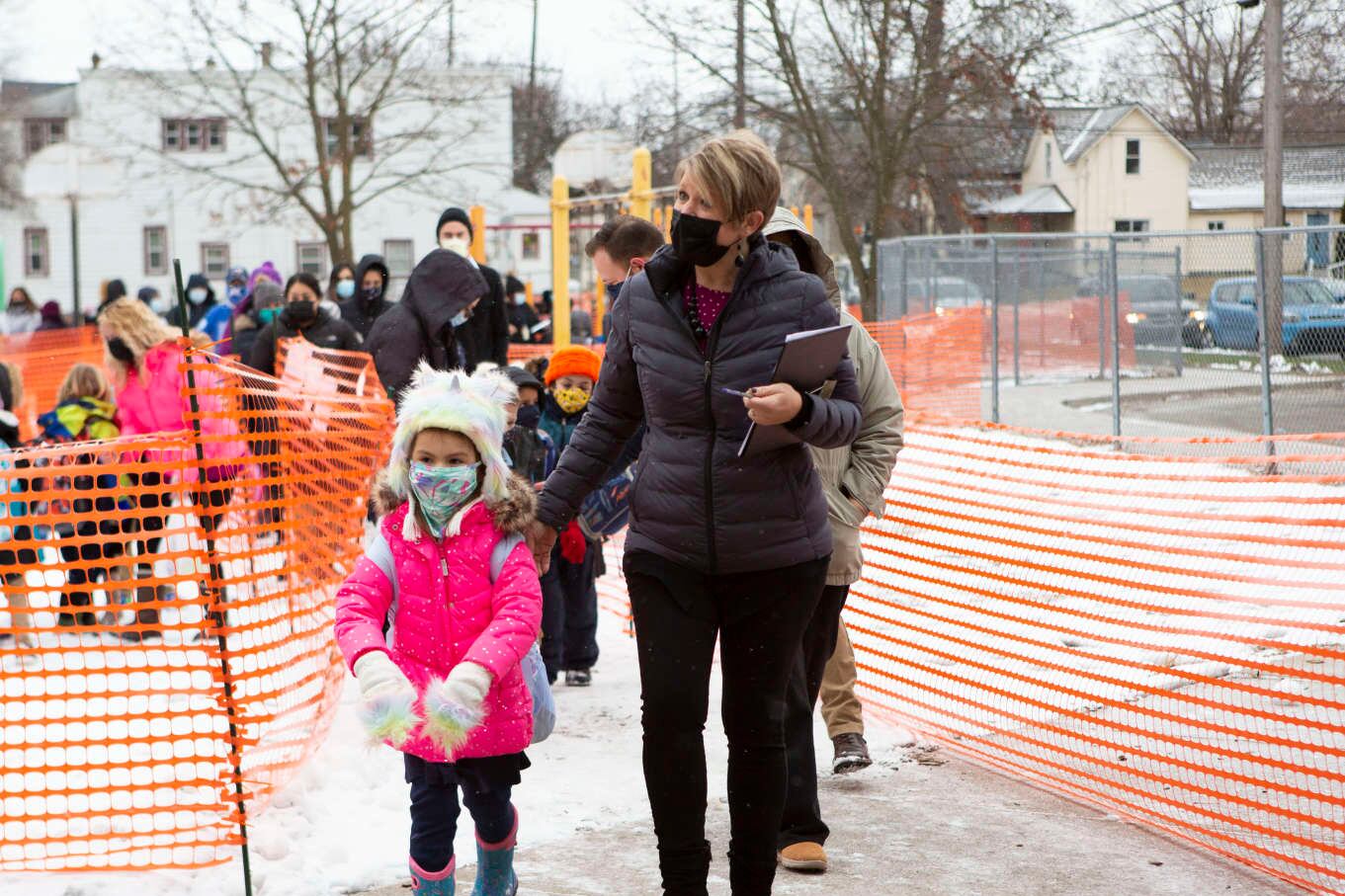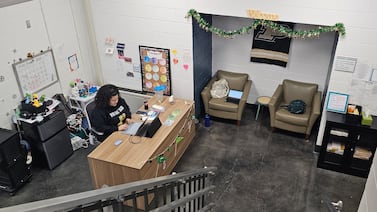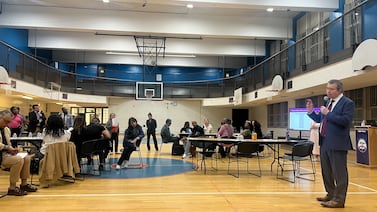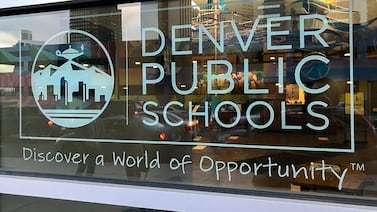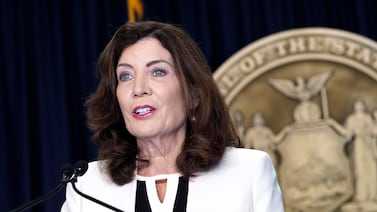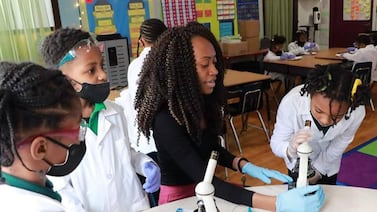In late March, as COVID ripped through Michigan at nation-leading rates, L’Anse Creuse Middle School Central reported an outbreak. Eleven cases were reported in a week, seemingly touching a tiny fraction of the school’s 611 students.
But administrators knew better. Each of those cases would require hours of phone calls and contact tracing, which meant staff would be pulled away from normal school duties. Every case meant lost instructional time, not only for ill students but for friends and teammates who were at risk of catching the virus and spreading it further.
Outbreaks were a key source of disruption to the pandemic-scrambled school year, educators say. About half of the state’s 800 districts reported 1,434 outbreaks, the public health term for two or more linked cases that can’t be traced outside school grounds. The remaining districts, many of which held few or no in-person classes, didn’t report any outbreaks. All told, schools reported roughly 12,000 cases statewide, though that is likely an undercount.
As Michigan schools gear up to help students recover academically and emotionally, educators say it’s critically important to improve the state’s handling of outbreaks in schools.
While COVID cases have dropped sharply this summer, there’s still no approved vaccine for students under age 12, and in some communities, notably Detroit, less than 40% of eligible residents have received their first dose. Unable to require vaccinations, school leaders warn that vaccines will be key to keeping schools running smoothly through the fall as more contagious COVID variants spread. State health officials are urging schools to require masks for everyone.
Managing COVID cases among students and staff “consumed the days during the difficult periods” in late fall and early spring, said Erik Edoff, superintendent of L’Anse Creuse Public Schools located in Macomb County north of Detroit. “Principals and administrators stayed very late in the evening to make sure they started the next day with an accurate accounting of who was permitted to be at school.”
“Our issue wasn’t with outbreaks so much; it was with having kids quarantine based on positive cases,” he added.
Schools aren’t major drivers of new COVID infections, research shows, thanks to their widespread use of COVID mitigation techniques like masking and distancing. But when the virus spreads in surrounding communities, it is all but inevitable that students will come to school sick, setting off a disruptive cycle of contact tracing. That risk will be even higher this fall, when more people are expected to report to school buildings than at any point since before the pandemic. For most of last year, fewer than half of students were attending class in person five days a week.
COVID cases in schools put educators in a lose-lose situation. Students who couldn’t attend school in person would need extra academic and emotional support, but the challenge of managing outbreaks meant that school leaders had less support to offer.
“There’s so many things that principals just had to let go or ask teachers to do that they would not have normally asked them to do,” said Wendy Zdeb, executive director of the Michigan Association of Secondary School Principals. “That definitely affects the teachers and student experience, there’s no doubt about it.”
Zdeb argued that principals bore too much of the burden of managing public health challenges in schools.
“It blew my mind that it was totally okay for [the Michigan Department of Health and Human Services] to be able to say, ‘We don’t have the staff to make all these calls.’ Well, neither do the schools.”
In a statement, an MDHHS spokesman disputed the notion that schools bore the most responsibility for tracing COVID cases.
“We appreciate the hard work that school principals have done to protect their students, staffs and communities from COVID-19,” Bob Wheaton said. “The schools do some notification of cases and contacts, however, the burden of case investigation and contact tracing is on the local health department and not the school. The vast majority of local health departments use a centralized staffing pool to contact the contacts of people infected with COVID-19.”
There were only two school-related outbreaks last year in Coloma, a rural district in west Michigan. Both were linked to high school sports teams, which meant quarantining all the players on the team.
Keeping track of individual cases and quarantining potentially infected students was much more challenging, said Coloma Superintendent Dave Ehlers. Every time parents or health authorities reported a case, administrators pored over seating charts to see which students may have come within six feet of a sick classmate for at least 15 minutes. Then they worked the phones, making 25 calls or more to doublecheck their conclusions with teachers and speak with every parent in the affected classes.
Quarantines would cost students as much as two weeks of in-person instruction.
“Some students were quarantined four times,” Ehlers said. “You’re looking at 40 days-plus of school missed by kids for being in the wrong seat at the wrong time.”
Coloma administrators recognized early on that their work with contact tracing could cut into their educational duties.
“We said our number one job is to stay open, and if that means other things get pushed to the wayside to do that, that’s what we’ll do,” Ehlers said.
In districts that saw relatively few COVID cases, even the threat of outbreaks cost valuable staff time, said Heyam Alcodray, principal at Fordson High School in Dearborn, a Detroit suburb.
“It wasn’t so much the actual contract tracing, it was the steps we had to take in order to make contract tracing easier,” she said in an email. “For example, signing in and out of buildings, seating charts at lunch and on buses, keeping kids in cohorts, limiting the size of learning labs, etc.”
The uncertainty created by outbreaks is one reason student learning has suffered during the pandemic, Edoff said. His district has already begun to use its share of federal coronavirus relief funding to hire additional staff to provide extra reading instruction, social-emotional support, and expand summer school.
One goal for the coming year, he said, is to pay especially close attention to students who missed out on the most school due to quarantines.
“Academically what it’s going to inform is that we’re going to pay closer attention to students because there’s more variability in their learning than there was in the past,” he said.


